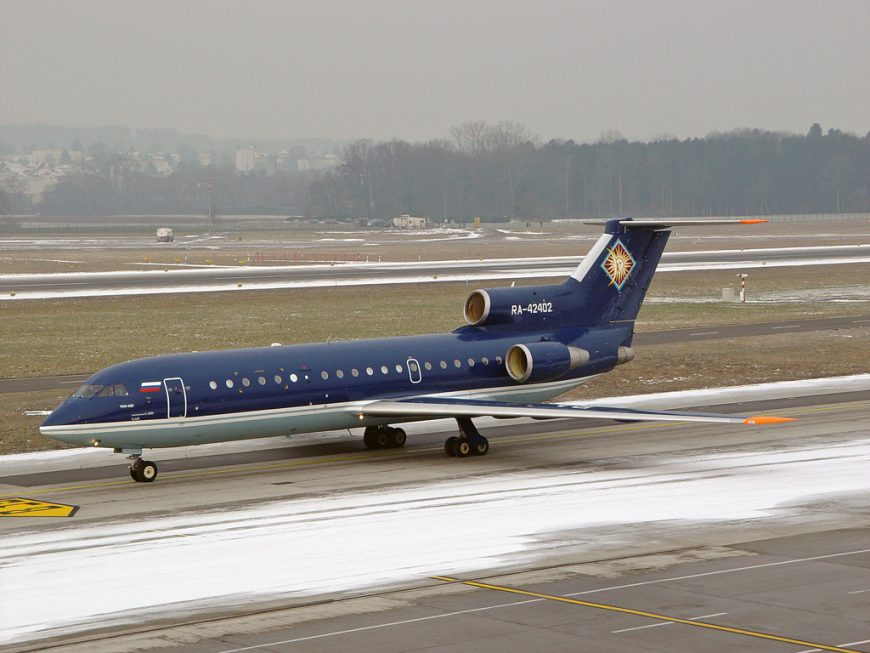Last month’s Airborne featured the results of our analysis that showed a 35% increase in the Russian registered bizjet fleet. But the re-registration of Western bizjets is only part of the story. As a direct result of international sanctions following the invasion of Ukraine, it is clear that operators of many of these aircraft will now have problems maintaining them. This will be fuelling demand for indigenous, Russian-made aircraft, but the available substitutes may not prove to be an attractive or viable solution, particularly in the case of what may be described as ‘VIP airliners’.
Since the fall of the Soviet Union, many older jets such as the Yakovlev YAK-40 and YAK-42, along with examples of the Tupolev TU-134 and TU-154 and the newer TU-204 and TU-214, have seen service as corporate/VIP transports. As sanctions bite, eyes may also have turned to more modern alternatives, such as the VIP version of the Sukhoi SSJ-100 SuperJet. The issue with this aircraft, however, is that its engine – the PowerJet SaM-146 – was jointly developed by Russia and France and is therefore subject to international sanctions.
There are no indigenous bizjets in the light, mid-size or large cabin categories. A temporary solution for many companies may be to charter aircraft from a dwindling number of non-European countries, the UAE for example, that have not applied the same level of (or indeed any) sanctions against the Putin regime. But the options for current operators of such aircraft look increasingly limited by their ability to keep the aircraft flying while Russia remains subject to rigorous sanctions.
